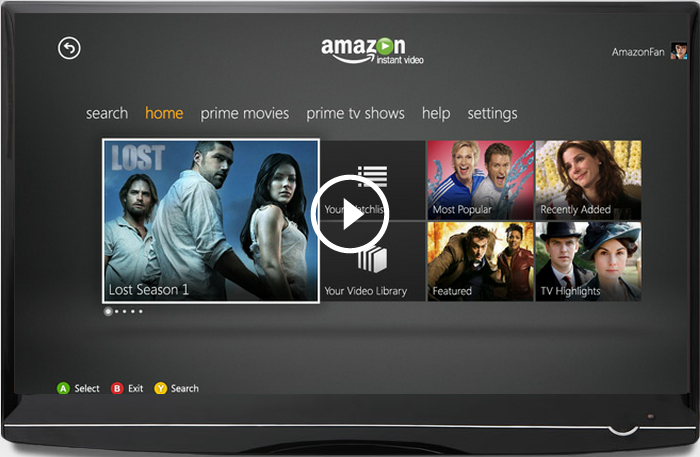In undergrad (I studied marketing) we did an analysis on Netflix and their brand. We read multiple articles saying Netflix wouldn't last because their business plan wasn't adaptable and they were struggling to get new releases. That was about 4-5 years ago, before they had their Original Series and now Original Movies.
I looked up Netflix's brand strategy, and their long term goals are summarized by Internet TV apps, Content people love, Netflix focus, competition, and relationships. I pulled this from their site, as it's the most relevant to branding:
Netflix Focus
Netflix is a global Internet TV network offering movies and TV series commercial-free, with unlimited viewing on any Internet-connected screen for an affordable, no-commitment monthly fee. Netflix is a focused passion brand, not a do-everything brand: Starbucks, not 7-Eleven; Southwest, not United; HBO, not Dish.
We don't offer pay-per-view or free ad-supported content. Those are fine business models that other firms do well. We are about flat-fee unlimited viewing commercial-free.
We are not a generic "video" company that streams all types of video such as news, user-generated, sports, porn, music video, gaming, and reality. We are a movie and TV series entertainment network.
We are a relief from the complexity and frustration that embody most MVPD relationships with their customers. We strive to be extremely straightforward. There is no better example of this than our no-hassle online cancellation. Members can leave when they want and come back when they want.
We are about the freedom of on-demand and the fun of binge viewing. We are about the flexibility of any screen at any time. We are about a personal experience that finds for each person the most pleasing titles from around the world. To deliver this experience to our members, we expect to spend over $700 million on technology & development in 2016.
This goes hand in hand with why they focused their branding campaign even more. Interesting to tie the two together.
I also found an article in the Wall Street Journal from April 2015 about their strategy, which highlights how they focused their resources and marketing on online and mobile:
While it makes sense to highlight its original programs and ramp up spending abroad where Netflix is less of a household name, the idea that the company would cut U.S. marketing spending right now might seem counterintuitive. In recent months, HBO Now, SlingTV and Sony have all entered the streaming market.
It’s the kind of environment that would typically fuel a marketing and advertising arms race. But according to the company’s shareholder letter, Netflix executives don’t view the new entrants as competitive threats. In fact, Netflix sees the new streaming services as just more encouragement for consumers to cut the cord on traditional pay TV.
Netflix has, in recent years, decreased the amount of money it is spending on paid advertising in the U.S. across media like television, radio and Internet display ads. The company spent about $121 million on advertising last year, down from $143 million in 2013 and $218 million in 2012, according to Kantar Media.
Netflix said Wednesday that it’s moving more marketing dollars online where it can better target audiences, particularly on mobile devices.
“We have migrated over the last two to three years to be more content forward in our marketing, more digital in our marketing, we’re getting smarter and more efficient about how we put those dollars to use,” Mr. Wells said on the earnings call, in response to a question about the decision to cut back on U.S. marketing spending.







